Making the most of your Ripon home involves making smart decisions inside and outside of your home. When the outside of your home looks great, and is in excellent condition, there are short and long-term benefits.
WeDoRender provides a wide range of render services in Ripon, and acrylic rendering is one of the most popular options. We know that there are many traditional render solutions to opt for, but for modern renders, there are few better than acrylic renders, and we're happy to tell you why.
Acrylic render is a type of plaster made from acrylic resin. It is a decorative finish on brick walls, concrete or even a fibre cement board, and is generally applied in two coats. This render is available in a range of colours and it is easy to create different texture effects. Its plastic nature improves its flexibility, and this render offers stain and water resident qualities. There is more than one grain size to choose from, offering flexibility with this rendering system.
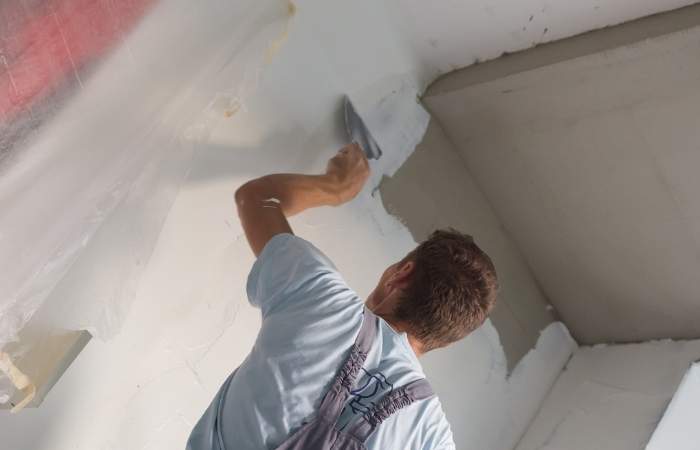
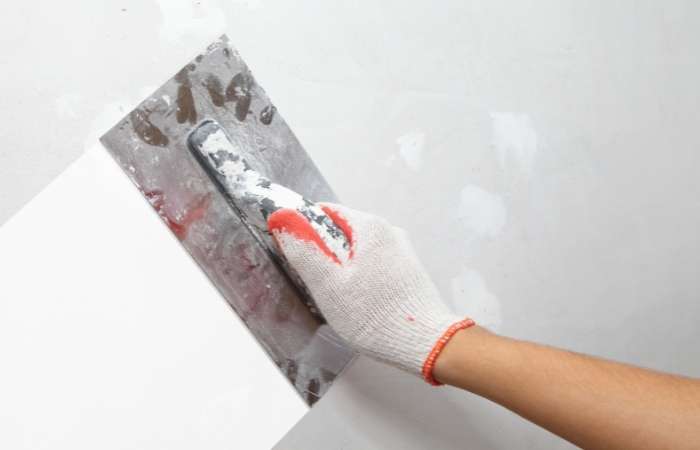
Acrylic is a popular render because it is easy to apply, dries quickly to exterior walls and has a smooth finish. It prevents mould and mildew and can be tinted in various colours.
This rendering is also suitable in direct sunlight, and the colour will not fade here. If you want confidence about the long term appearance and texture of the surface of your walls, this is a smart option.
Acrylic render is a popular choice for many homeowners due to its versatility and durability. People can use it on various surfaces, including brick, block cement, concrete, and stone. When you mix the material, you can create a smooth or textured finish on your wall that resists cracking and peeling, thanks to its plastic aspect.
Acrylic render is also low maintenance and easy to clean, making it an ideal choice for busy households.
While acrylic render doesn't improve insulation and lower energy bills as much as other renders, it does have other benefits that are better for some homeowners. This render is frost resistant, water resistant and you can enjoy a textured finish of many different finishes. This is also a fast drying rendering solution that is ideal for home improvement purposes.

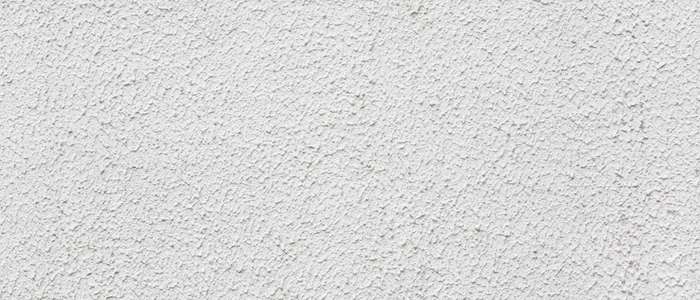
Acrylic renderings are very durable and can last for many years, which helps you to save money on the upkeep of your home.
The range of acrylic render colours depends on the type of material used and the desired effect. Some standard hues include white, grey, black, and brown but you can opt for more vibrant colours too. Users can also mix acrylic renders with other materials to make different effects and finishes.
You don't need to worry about the time and effort associated with painted walls and more traditional renders when you use this rendering solution, the colour comes pre-made and ready for you.
Not having to paint your brick or concrete walls separately saves on the cost of buying paint, and the labour costs associated with the paint work at your property.

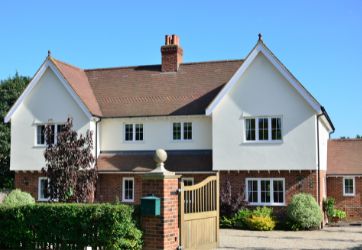
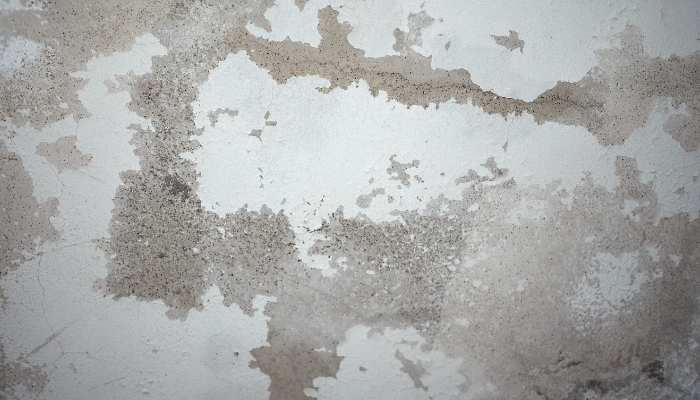
Acrylic rendering does not prevent dampness, but it can help reduce the amount of moisture entering a building. This is because it is waterproof and can provide a barrier against water.
In comparing these rendering types, acrylic is an older render. In contrast, silicone render is a newer, more modern type of render. Silicone render is typically more expensive than acrylic render, but it also has some advantages, including being more durable and weather-resistant.
Silicone render is more vapour permeable than acrylic, but both offer flexible and long lasting surfaces that are suitable for all weather conditions.

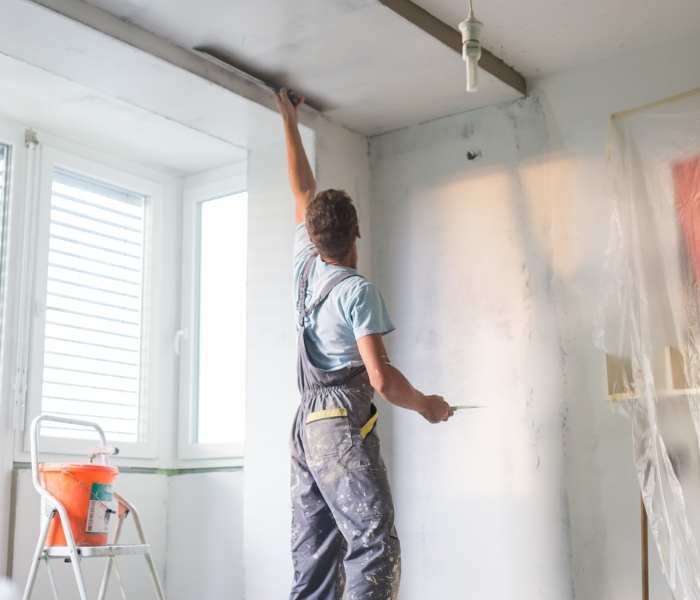
Acrylic rendering is a type of render that uses an acrylic-based binder, while cement render uses a cement-based binder. The main difference between the two types of rendering is that acrylic render is more flexible and less likely to crack than cement render.
If you've seen homes with unsightly hairline cracks on an exterior wall, you know how bad it looks. Not only that, it also compromises the quality of your home. More traditional rendering mixes are not as effective at preventing cracks as acrylic renders. The cost is lower but traditional render simply doesn't match more modern solutions in flexibility and reliability.
Both of these rendering systems create an even and smooth surface, and help establish aesthetically pleasing homes over a long lifespan.
Acrylic render is a type of finish applied to walls to create a smooth, even surface. Monocouche scratch render is another type of finish applied to walls to create a smooth, even surface.

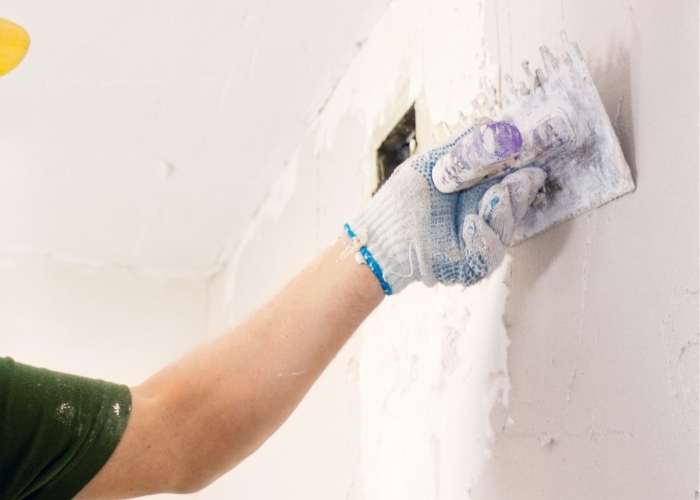
The average cost of acrylic rendering isn't that different from the cost of monocouche or silicone rendering, which is a more expensive form of rendering than cement or mineral render.
According to Checkatrade, as of the summer of 2022, the cost of this solution, including labour costs, is between £45 and £75 per square metre. If you would like a tailored quote for the work, we are more than happy to provide this for you.

We know there are many different types of render for your wall, all offering benefits and features. If you're looking for the best rendered solution that will stick around for many years to your wall surface, come and speak with experts.
WeDoRender knows how to get the best from a rendered finish, and we can talk you through the best solution. We believe acrylic render is a great choice for many Ripon households, and if you'd like to learn more, please get in touch.
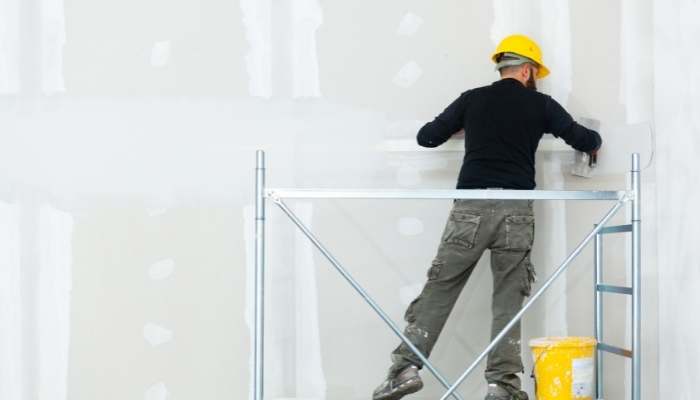
Acrylic render can be used both inside and exterior of your home! Acrylic render can be applied to brick walls, over existing render, over painted walls/ceilings, concrete blocks, cement, and other surfaces.
Silicone render, like acrylic render, is cement-based with silicone incorporated in for increased performance. It makes the render less maintenance-intensive and water-resistant, but unlike acrylic render, it does not reduce breathability. Unfortunately, this advancement comes at a price - both to the buyer and to the environment.
It is a polymer-modified cement render that has been specially developed to withstand heat.
With current acrylic or plastic-based renderings, a project can last anywhere from 20 to 40 years. This can vary depending on how smooth the job was and how clean the walls were before its application.